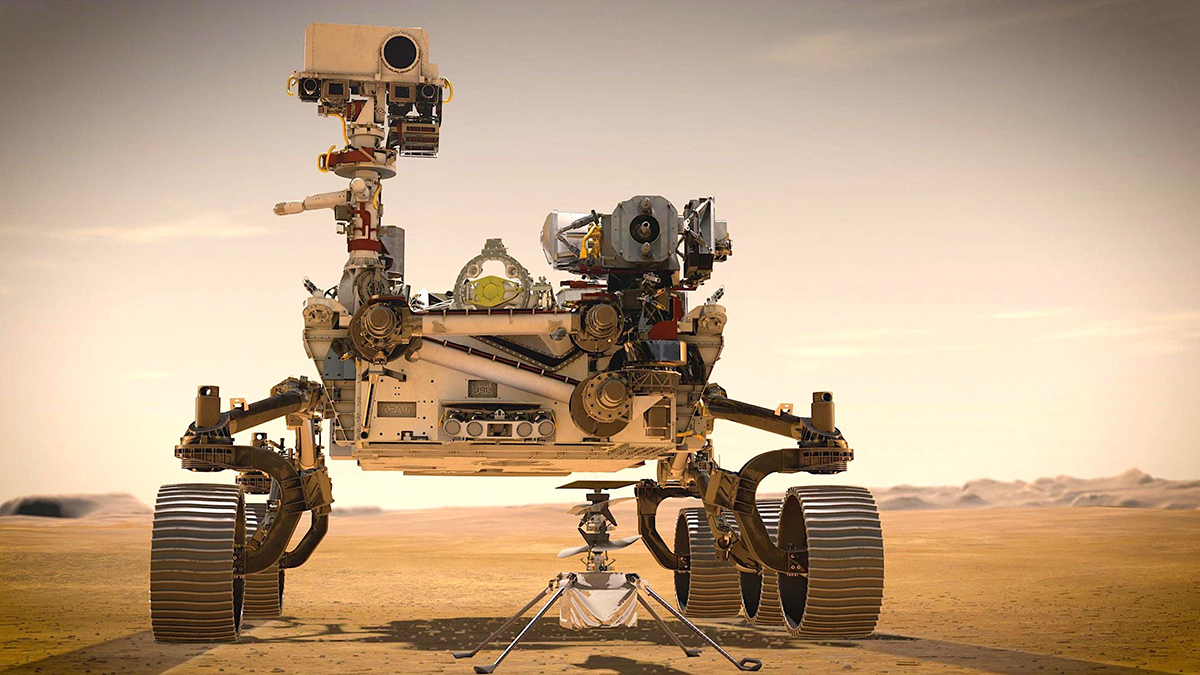Why do we persist in expending so much energy and money in searching for life on Mars despite all the evidence against the idea? Talk about hope springing eternal.
We might forgive the more fanciful astronomers of times past who imagined that they could see canals on Mars. The nongs who deluded themselves in the ’80s and ’90s that there was a ‘face’ on Mars, not so much. The so-called Martian meteorite fossil is almost certainly just an artifact of non-biological geology.
Yet, the idea of life on Mars refuses to die. Every new discovery about Mars is reported through the lens of the possibility of life.
Even though so many of them just serve to underscore how hostile to life Mars actually is.
Through a thorough study of images captured by the Mars Reconnaissance Orbiter, planetary scientists have identified clay-bearing sediments across the northern Ladon Valles, the southern Ladon basin and the southwestern highlands around Ladon basin – all part of the extensively cratered Margaritifer Terra area.
Clay points to the long-term presence of water, as it forms under neutral pH conditions with minimal water evaporation. The team thinks water flowed here from around 3.8 billion years ago up to around 2.5 billion years ago, a large stretch of Martian history.
There is a persistent strand of thinking that water equals life. Certainly water appears to be necessary to life on Earth. But that’s a sample size of precisely one. More importantly, while water may be a pre-condition for life, that doesn’t mean it inevitably engenders life.
While it’s not exactly proof of life – we’d need to go digging on Mars for fossils to truly confirm that – it does suggest conditions that might well have supported life. It’s the latest piece of research to interpret conditions on Mars by what we can see of its surface and sediments.
Science Alert
In fact, Mars’ surface is so hostile, the chemical traces of past life that current missions are geared towards looking for would probably long ago have been blasted into oblivion by radiation.
That’s because Mars, with its lack of magnetic field and flimsy atmosphere, is subject to a much higher dose of cosmic radiation on its surface than Earth is. We know this, and we know that cosmic radiation destroys amino acids.
Now, thanks to experimental data, we also know that this process takes place on very short timescales, geologically speaking.
Physicist Alexander Pavlov performed experiments that simulated Martian soil, mixed in amino acids – and then subjected them to ionising radiation at levels comparable to 80 million years of cosmic radiation.
“Current Mars rover missions drill down to about two inches (around five centimeters). At those depths, it would take only 20 million years to destroy amino acids completely. The addition of perchlorates and water increases the rate of amino acid destruction even further.”
The results suggest that any trace amino acids from Mars’ water-bearing years would likely be buried at least two metres deep.
Cosmic radiation is also a very present-day concern for ambitions of colonising Mars.
An average human on Earth is exposed to about 0.33 millisieverts of cosmic radiation per year. On Mars, that annual exposure could be over 250 millisieverts.
Science Alert
Add that to surface temperatures that, even in the tropics, rarely get warmer than an Antarctic winter, and a thin atmosphere of mostly carbon dioxide and poisonous soils, and Mars, as Elton John once sang, “ain’t the kind of place to raise your kids”.

